Top Things to Know Before Buying Indoor Plant Seeds
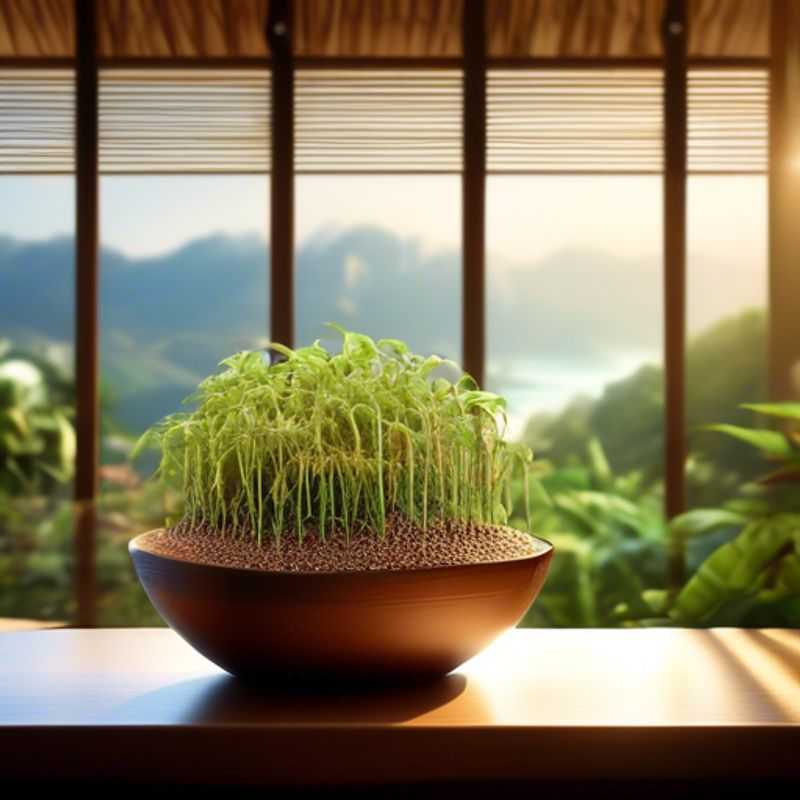
Top Things to Know Before Buying Indoor Plant Seeds: A Guide for the Curious Gardener
Ah, the joy of nurturing life indoors!
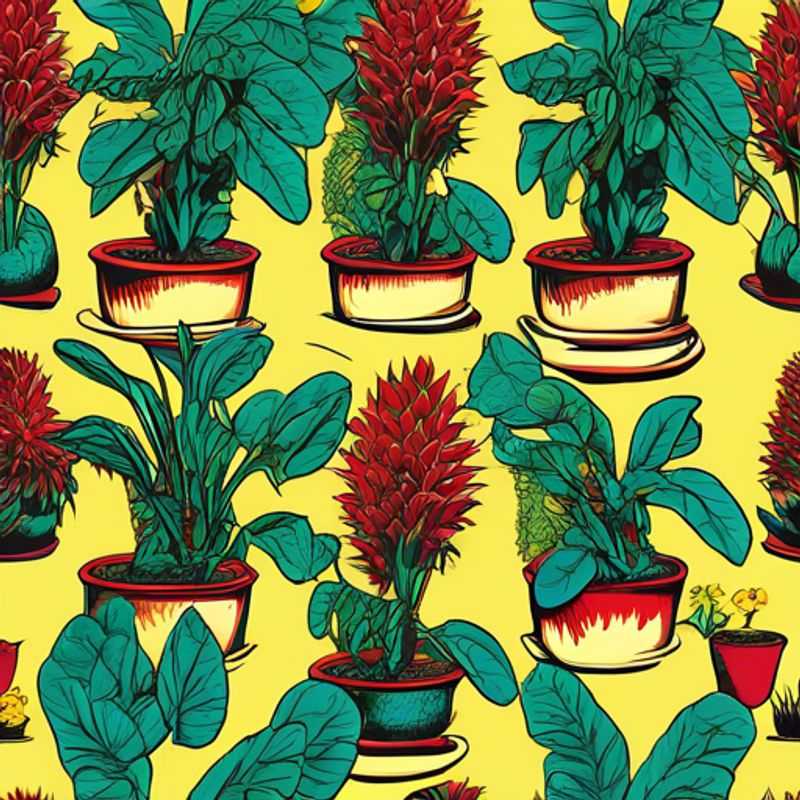
Knowing Your Plant: Identifying the Species You Want to Grow
Identifying the specific plant species you want to grow is crucial for a successful gardening experience. Start by considering climate compatibility, as different plants thrive in various temperature and humidity conditions. Assess your soil type and pH level, as some plants require specific nutrients to flourish. Additionally, think about the space available for growth, including the amount of sunlight and water exposure the plant will receive.
When selecting a species, consider its growth habits, such as height, spread, and potential invasiveness. Research the plant's maintenance needs, including watering frequency, fertilization, and pruning requirements. Don't forget to check for disease resistance and pest issues that may arise.
As you plan, be aware of cost factors that may include purchasing seeds or seedlings, soil amendments, fertilizers, and pest control products. If you choose to buy plants from nurseries, prices can vary significantly based on the species and size. Additionally, consider any potential landscaping or gardening tools you might need to invest in.
Finally, keep an eye on seasonal timing for planting and harvesting, as this can greatly affect the success of your garden. With this information in hand, you'll be better equipped to choose the right plant species for your growing conditions.
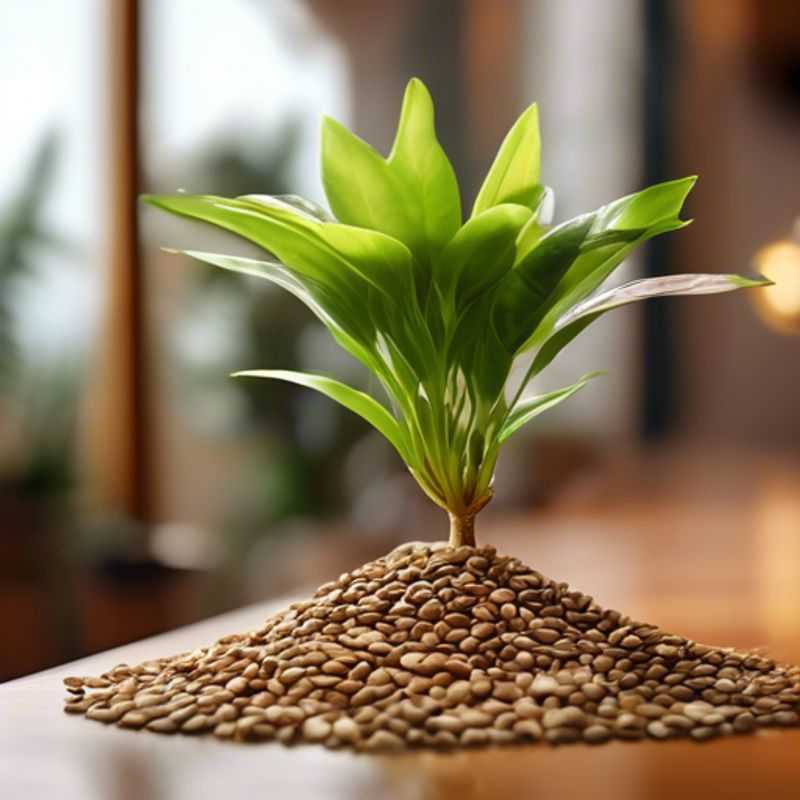
Unlocking the Secrets of Seed Success: Researching the Ideal Growing Conditions
Understanding the ideal growing conditions for seeds is crucial for successful germination and plant growth. Each seed species has unique requirements, and researching these needs is vital before planting.
Factors to consider include:
Light: Some seeds need light for germination, while others prefer darkness.
Temperature: Each seed has an optimal temperature range for germination.
Moisture: Proper moisture is crucial. Too much or too little water can inhibit germination.
Soil Type: The soil should be well-draining and provide adequate nutrients for the developing seedlings.
Depth: Planting depth varies depending on the seed size. Planting too deep can hinder emergence, while planting too shallow may expose the seed to drying out.
Germination Time: Germination times vary greatly depending on the seed species and growing conditions.
You can find this information online through reputable sources like seed company websites, gardening websites, and university extension services. It's essential to consult these sources to obtain specific recommendations for your chosen seeds.
Remember, research is the key to success in starting your garden or project. By understanding the unique needs of your seeds, you can provide the optimal conditions for healthy growth and bountiful yields.
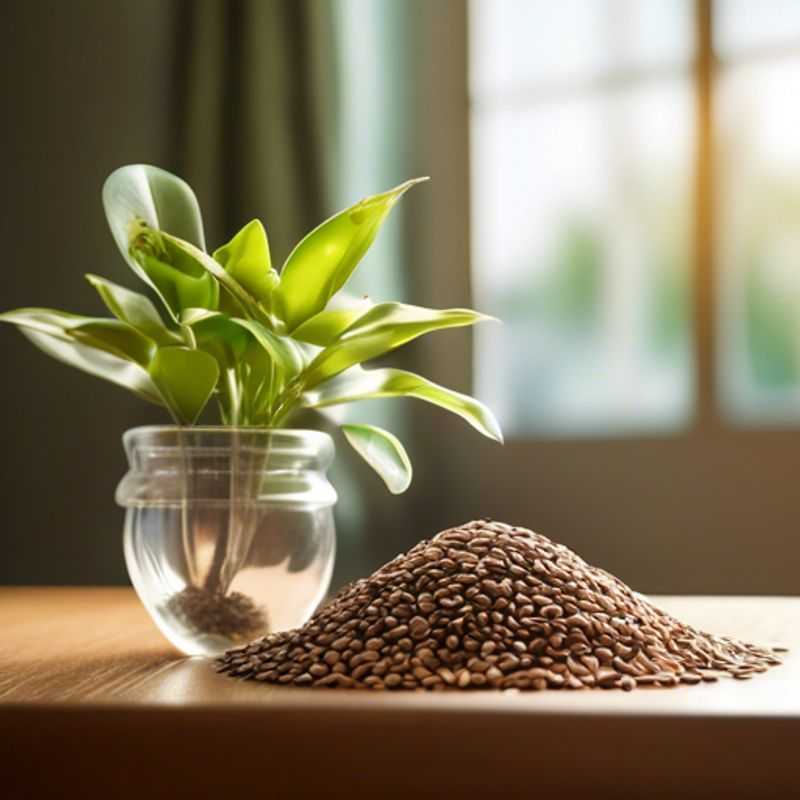
Unveiling the Secrets: Optimizing Seed Planting Depth and Spacing
Determining the appropriate seed planting depth and spacing is crucial for successful plant growth. This ensures optimal conditions for germination, root development, and overall plant health. The ideal depth is usually two to three times the diameter of the seed.
However, this can vary depending on the seed type and soil conditions. For instance, smaller seeds require shallower planting, while larger seeds need a deeper depth. Soil type also plays a role, with denser soils requiring shallower planting compared to lighter soils.
Spacing is equally important for adequate light, water, and nutrient access for each plant. The recommended spacing varies widely depending on the specific plant species, ranging from a few inches for smaller plants to several feet for larger trees and shrubs.
Overcrowding can lead to competition for resources, hindering plant growth and increasing the risk of diseases. Conversely, wide spacing can result in uneven coverage and potential for weed growth.
Understanding the specific requirements for each plant is crucial. Resources such as seed packets, gardening books, and online databases provide helpful information regarding appropriate planting depth and spacing for different plants. Proper planning and adherence to these guidelines contribute significantly to a bountiful garden.
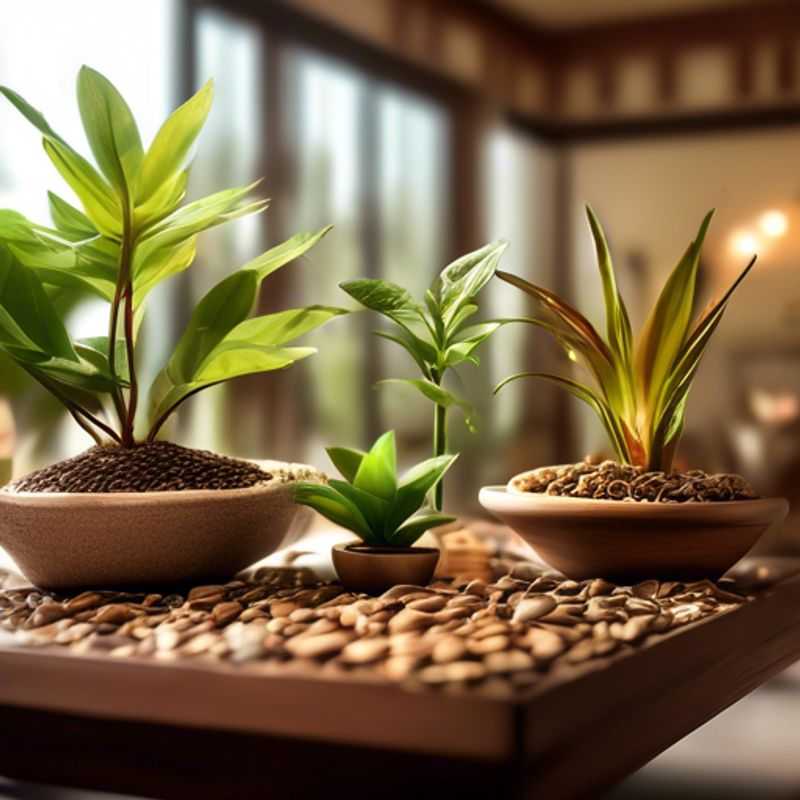
From Seed to Sprout: Understanding Germination Time and Growth Rate
Understanding seed germination time and growth rate is crucial for successful planting and gardening. Germination time varies significantly depending on the species; for instance, some seeds like radishes can sprout in as little as 3-5 days, while others, such as oak trees, may take several weeks to months. Factors influencing germination include temperature, moisture, and light conditions. Generally, warmer temperatures and adequate moisture promote faster germination.
The growth rate of seedlings is another critical aspect, as it dictates how quickly plants reach maturity. Fast-growing plants, such as lettuce or beans, can be harvested within a month, while slower growers like tomatoes may take 70-100 days. It’s essential to consider nutrient availability and light exposure to optimize growth rates.
When planning your garden, consider the cost of seeds, soil amendments, and any fertilizers required to support healthy growth. Additionally, you may need to account for expenses related to watering systems and pest control measures. Each of these factors can significantly impact both germination success and growth rates.
For those in a hurry, remember to choose seeds suited for your climate and to follow recommended planting depths and spacing to enhance germination and growth efficiency. By taking these aspects into account, you can ensure a thriving garden that meets your timeline and expectations.
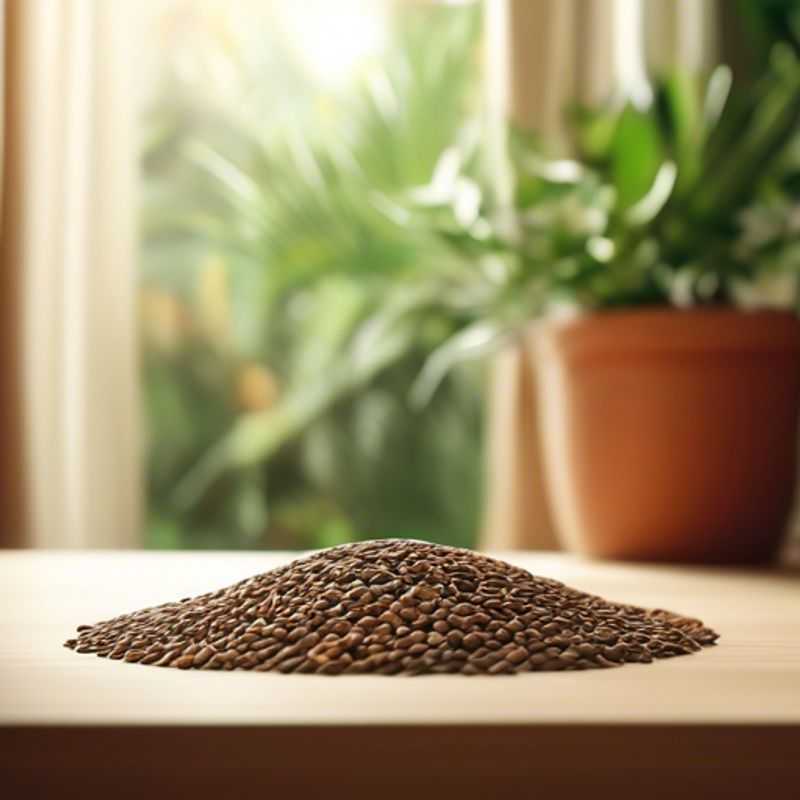
From Seed to Sprout: Checking Viability and Expiration Dates
Checking seed viability and expiration date is crucial for successful planting and gardening. Seed viability refers to the ability of seeds to germinate and produce healthy plants. Factors affecting viability include seed type, storage conditions, and age. Generally, seeds have a shelf life ranging from 1 to 10 years, depending on the species. To determine if seeds are still viable, conduct a simple germination test: place a few seeds on a damp paper towel, fold it, and keep it in a warm area. After a week, check for sprouting; if less than 70% germinate, consider them non-viable.
Expiration dates are often printed on seed packets. It's essential to adhere to these dates, as seeds can lose their viability over time. Storing seeds in a cool, dry place can extend their life; refrigeration is ideal for long-term storage. When planning your gardening activities, account for potential costs related to purchasing new seeds if viability tests show poor results. Additionally, consider the investment in proper storage solutions to maintain seed quality. For those eager for a bountiful garden, understanding these fundamentals is key to ensuring healthy plant growth.
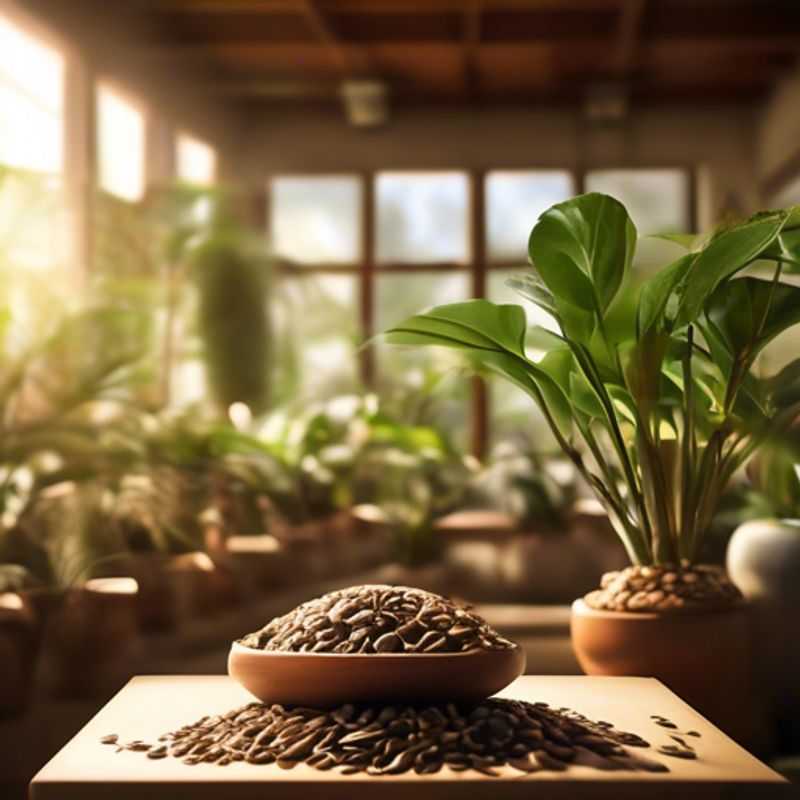
Choosing the Right Seeds: Organic vs. Non-GMO
Choosing between organic and non-GMO seeds is a decision that depends on your values and priorities. Both options have their pros and cons, so it's important to weigh them carefully.
Organic seeds are grown without the use of synthetic pesticides, herbicides, or fertilizers. They are also not genetically modified. This means they are a good choice for those who are concerned about the environmental impact of conventional agriculture and the potential health effects of GMOs. However, organic seeds can be more expensive than non-GMO seeds, and they may be harder to find.
Non-GMO seeds are not genetically modified, but they may have been grown using conventional farming practices that involve the use of synthetic pesticides, herbicides, and fertilizers. This means they are not necessarily more environmentally friendly than organic seeds. However, they are generally more affordable and easier to find.
Ultimately, the best choice for you will depend on your individual needs and preferences. If you are concerned about the environmental impact of agriculture and the potential health effects of GMOs, then organic seeds are a good option. If you are looking for the most affordable and accessible option, then non-GMO seeds are a good choice.
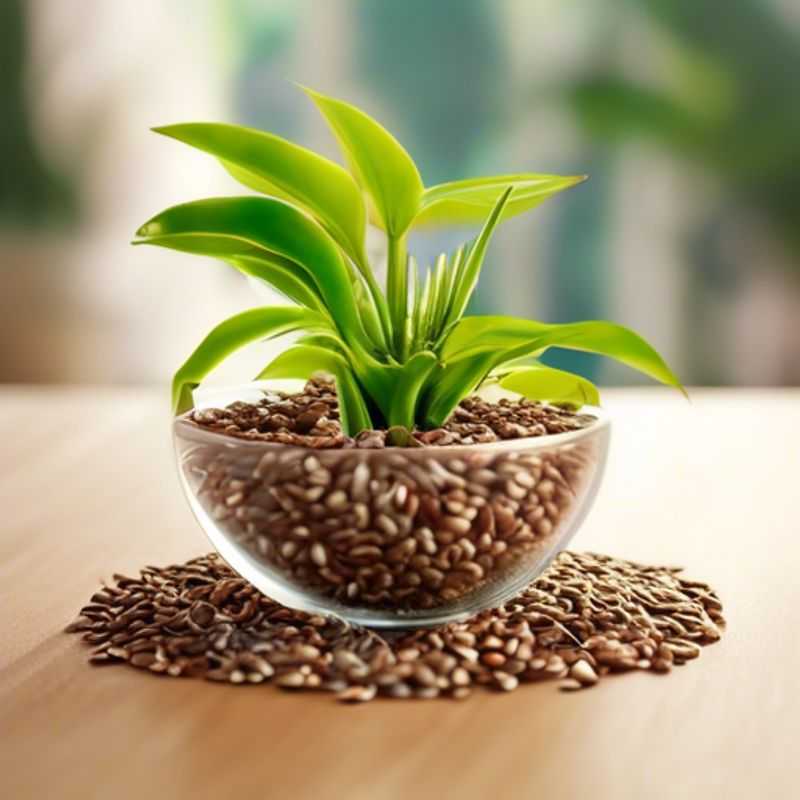
Green Thumbs Up: Ensuring the Perfect Indoor Growing Setup
Creating the proper indoor growing setup is essential for successful plant cultivation. First, consider lighting; plants require specific light spectrums to thrive, so investing in high-quality grow lights is crucial. LED lights are popular for their energy efficiency and longevity. Next, ensure you have a suitable growing medium, such as soil or hydroponics systems, depending on your plant type.
Temperature and humidity control are also key factors. Use thermometers and hygrometers to monitor conditions and consider investing in a humidifier or dehumidifier as needed. Additionally, proper ventilation is vital to prevent mold and ensure adequate air circulation; consider using fans or an exhaust system.
Don't overlook the importance of nutrients. Depending on your plants, you may need to purchase fertilizers that are tailored to their specific needs. Lastly, pest management is critical; having organic pesticides or insect traps on hand can save your crops from potential threats.
In summary, your indoor growing setup should include quality lighting, an appropriate growing medium, climate control tools, proper ventilation, essential nutrients, and pest management strategies. Budget for these components to ensure a successful growing experience.
